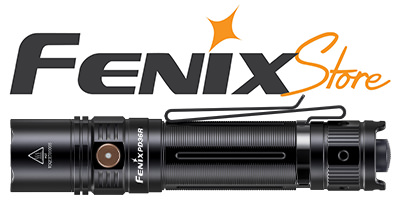lumen aeternum
Enlightened
- Joined
- Sep 29, 2012
- Messages
- 890
I put 6 into a worklight that is in my tool bag. Been there for months, probably somehow got turned on & drained the batteries. 1 is charging, the rest are flat at 0.00V. Sometimes leaving them alone for a while gets them back on scale, but its been a while, I think.
Do NiMh batteries have a low-voltage safety cutoff to avoid ruining them?
Do NiMh batteries have a low-voltage safety cutoff to avoid ruining them?

